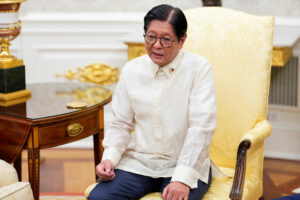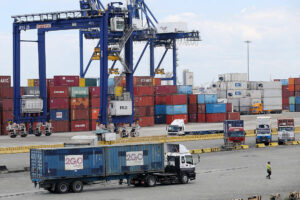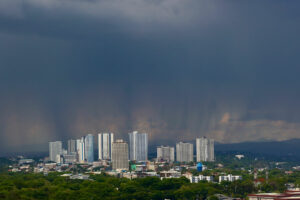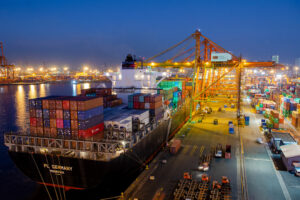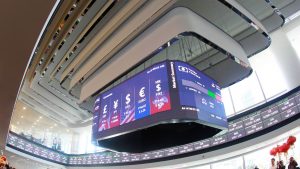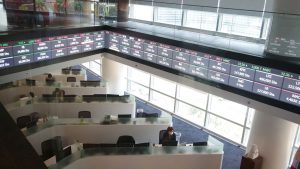President Ferdinand R. Marcos, Jr. secured over USD 21 billion in investment pledges from US companies during his official visit to Washington.
“We return to the Philippines with over USD 21 billion in investment pledges that have the potential to create thousands of direct and indirect jobs for Filipinos within our country,” Mr. Marcos said in his arrival statement on Wednesday evening.
During his US trip, Mr. Marcos said he met with business leaders and top executives of top companies involved in healthcare, infrastructure, semiconductor, renewable energy and digital technology sectors.
The President said US companies expressed strong interest in expanding operations in the Philippines, particularly in infrastructure, logistics, clean energy, and advanced manufacturing. US firms are also exploring partnerships in healthcare, digital transformation, and workforce development.
Mr. Marcos also said new investments in semiconductor and electronics manufacturing would strengthen the Philippines’ position in global value chains.
In addition to private sector pledges, the US government committed additional funding for the Luzon Economic Corridor and other projects.
“We welcome the US government’s pledge of an additional USD 15 million for private sector development under the Luzon Economic Corridor initiative and an additional USD 48 million in foreign assisted projects. We will continue to work with the State department as well as with the US Congress for the implementation of these programs,” Mr. Marcos said.
The Luzon Economic Corridor is being undertaken via a trilateral commitment among the Philippines, US and Japan. The initiative aims to enhance the connectivity of Luzon’s key economic areas — Subic Bay, Clark, Metro Manila and Batangas.
In a separate virtual briefing on Thursday, Special Assistant to the President for Investment and Economic Affairs Frederick D. Go said the Philippines is poised to receive a USD 500-million investment from a major hospital group to build a world-class medical facility in the country.
Mr. Go, who was part of the Philippine delegation to Washington, told reporters that the hospital project is among several investment pledges secured during Mr. Marcos’ recent trip.
He said US private equity firm Cerberus Capital, which owns the Subic shipyard where Hyundai is building a shipbuilding facility, is also planning to invest between P10 billion and P15 billion (USD 172 and USD 258 million) in the Philippines.
Originally set to open in 2026, Hyundai’s facility could begin operations as early as the fourth quarter of this year, Mr. Go added.
Meanwhile, infrastructure investor I Squared Capital, which already has significant operations in the country, plans to expand into liquefied natural gas and cold storage.
Mr. Go and Trade Secretary Ma. Cristina A. Roque also met with top global investment firms Cerberus Capital, I Squared Capital, and KKR & Co., Inc. that are looking at pursuing expansion opportunities in the Philippines.
Another firm, Global Infrastructure Partners (GIP), is also looking at a “very large” investment in Philippine infrastructure, Mr. Go said.
In a disclosure to the stock exchange, Aboitiz Equity Ventures, Inc. said it is now finalizing a strategic partnership with GIP that involves the acquisition of a 40% stake in its infrastructure arm Aboitiz InfraCapital, Inc.
Mr. Marcos reaffirmed his administration’s commitment to a stable, transparent, and rules-based business environment, assuring investors of continued reforms to streamline processes and improve ease of doing business.
Oikonomia Advisory and Research, Inc. economist Reinielle Matt M. Erece said the investments, if realized, are expected to boost economic growth by creating more jobs, raising incomes, and increasing productivity.
“If they do (materialize), they will greatly help in providing more job opportunities for Filipinos, increase income growth, and overall be good for economic growth,” he said via Viber.
Mr. Erece said that to maximize these pledges, the government must improve the efficiency of government processes, including the reduction of red tape and provide reliable government platforms and offices.
“If investors see that the country has a good business environment and they feel welcome, they are more likely to set up shop within the Philippines.”
Meanwhile, Mr. Marcos invited Mr. Trump to visit Manila in 2026 when the country hosts the Association of Southeast Asian Nations (ASEAN) Summit as its chairman.
“I look forward to hosting President Trump next year to attend the ASEAN meetings under the Philippines’ chair, which also coincides with the commemoration of our 80th year of diplomatic ties and 75 years of the Mutual Defense Treaty,” Mr. Marcos said in his arrival statement after a three-day official visit to the US.
Mr. Marcos underscored the significance of his meeting with Mr. Trump to the US, saying Washington remains Manila’s “oldest and only treaty ally.” He described their alliance as crucial to regional stability and said his trip reaffirmed both nations’ “ironclad commitment” to their security pact. — C.M.A. Hufana






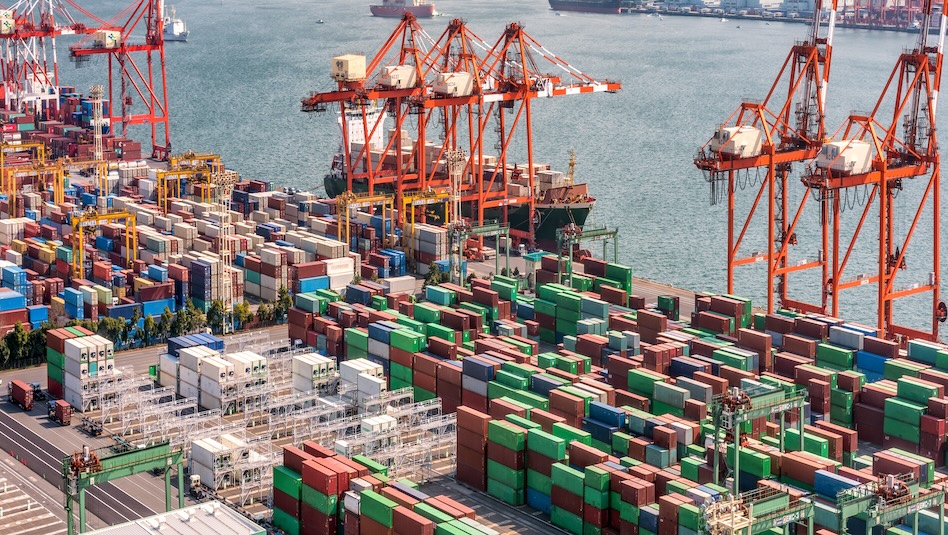
 DOWNLOAD
DOWNLOAD




